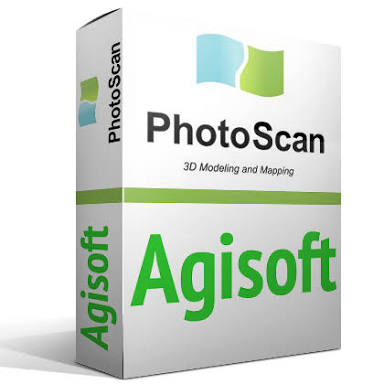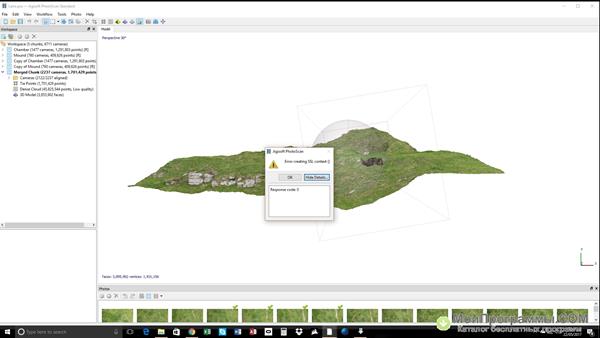

That’s why use those as an example for this review. I plan to create a separate post about the exact differences in processing speed between PhotoScan and other photogrammetry software like ReMake and Realit圜apture in the near future. #AGISOFT PHOTOSCAN PROFESSIONAL 1.2.5 BUILD SOFTWARE# I’ll make a more scientific test setup for that. Whether you’re using PhotoScan, the user interface is a bit “Windowsy” - especially compared to ReMake which on the other hand might be a bit over-designed for some professionals. It takes some time to get around the interface, but everything is well-organized. The first step in the PhotoScan workflow is loading the Photos (also referred to as Cameras) into the software. I’ll cover the benefits of using multiple chunks later because that’s totally unnecessary for this example.Įxpert Tip: Scale Bars (Pro version only) It wil automatically create a new “Chunk” for this. If accurate scale is important for you, it’s good to know that you can select any two markers from the list on the left, right-click and select Create Scale Bar. A new Scale Bar will appear in the Reference pane on bottom left of the interface where you can set the distance between the two markers. #AGISOFT PHOTOSCAN PROFESSIONAL 1.2.5 BUILD UPDATE#Īfter clicking the Update button, the model is scaled correctly. The next step is generating a Dense Point Cloud. The quality setting you choose for this greatly impacts the processing time and final quality of the result. #AGISOFT PHOTOSCAN PROFESSIONAL 1.2.5 BUILD SOFTWARE#.#AGISOFT PHOTOSCAN PROFESSIONAL 1.2.5 BUILD PRO#.


#AGISOFT PHOTOSCAN PROFESSIONAL 1.2.5 BUILD UPGRADE#.#AGISOFT PHOTOSCAN PROFESSIONAL 1.2.5 BUILD UPDATE#.#AGISOFT PHOTOSCAN PROFESSIONAL 1.2.5 BUILD FOR MAC#.


 0 kommentar(er)
0 kommentar(er)
